Core Facilities Munich
Proteomics Facility
The Core Facility Proteomics at the DKTK Partner site comprises seven high-end mass spectrometers, several liquid chromatography systems and terabyte scale computing infrastructure.
The range of supported applications span quantitative protein expression profiling of human and animal tissues, tumors, cell lines and body fluids, dynamic analysis of post-translational modifications, protein-protein interactions, drug target identification, drug mechanism of action analysis and many more. We can offer discovery type proteomic experiments using multidimensional chromatography coupled to the latest Orbitrap technology as well as targeted assays using parallel reaction monitoring. All major quantification workflows are established in the laboratory including SILAC, TMT and a range of label-free analysis. We typically work on the basis of scientific collaboration in which we engage our expertise along the entire path from experiment design through to data acquisition and bioinformatic analysis.

Prof. Dr. Bernhard Küster
Chair of Proteomics and Bioanalytics
Technische Universität München
85354 Freising
IBioTUM-Tissue
The tissue bank of the Klinikum rechts der Isar and the Technical University of Munich has been systematically storing fresh, unfixed tumor tissue and corresponding non-neoplastic tissue since 1989. The tissue bank currently has an extensive tissue collection of both malignant tumor tissue and non-neoplastic tissue as well as benign tumors or tumor precursors.
The tissue bank offers a wide range of services, including
- Long-term storage of samples in special facilities at -80°C, -20°C and in the gas phase of liquid nitrogen.
- Advice and support in the selection of methods and patient collectives.
- Preparation of tissue sections from cryosamples and formalin-fixed block preparations.
- Histological H&E diagnostics.
- Planning and production of tissue microarrays (TMAs).
- Maintaining a comprehensive and secure database and providing detailed information on samples and processing history.
- Scanning of slides.
- Immunohistochemistry.
The tissue bank collaborates with other institutions and departments, such as the routine laboratory of the Institute of Pathology and Pathological Anatomy at the Technical University of Munich, as well as with Comparative Experimental Pathology (CeP) and is actively involved in networks such as the German Biobank Node (GBN) and the European biobank network BBMRI-ERIC. Through these activities, the tissue bank contributes to the further development and quality assurance of biobanks.
For more information, please click here.
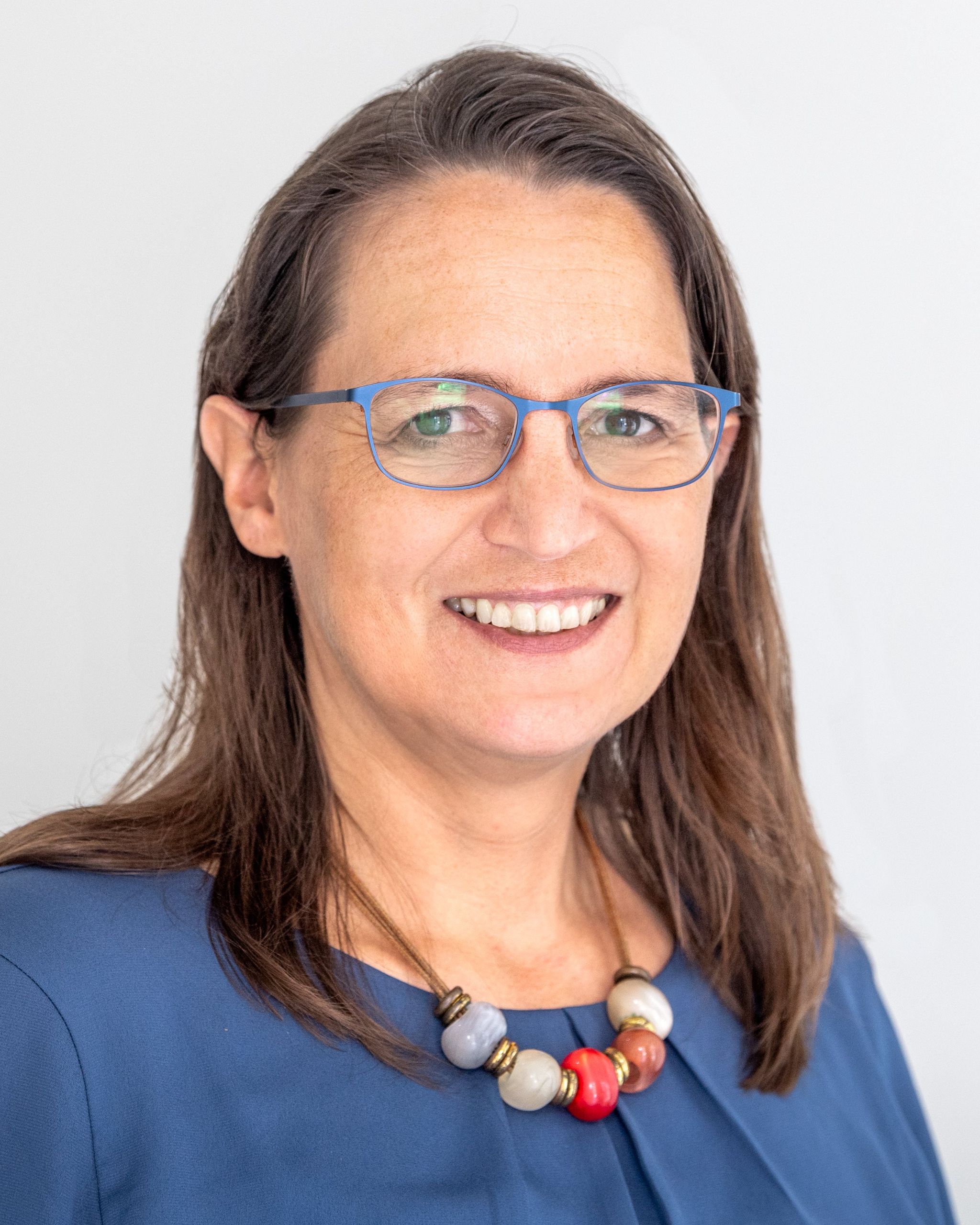
PD Dr. med. vet. Katja Steiger
Klinikum rechts der Isar, Institut für Allgemeine Pathologie und Pathologische Anatomie
81675 München
Xenograft mouse model of acute leukemias
The Core Facility “Xenograft mouse model of acute leukemias” studies primary patients´ tumor cells growing in mice, performs preclinical treatment trials and molecular studies on basic disease biology.
The core facility offers:
- engrafting and amplifying primary tumor cells from patients with ALL or AML as patient-derived xenografts (PDX) in mice
- biobank of re-transplantable PDX samples for in vitro studies, >50 for ALL and >10 for AML
- genetic engineering in PDX (GEPDX) cells for overexpression of transgenes
- preclinical in vivo treatment trials monitored by bioluminescence in vivo imaging
- quantifying treatment responses as early as 4 days after treatment
- covering all disease stages including minimal residual disease
- focusing on challenging sub-populations such as dormant stem cells
More information on the Xenograft Facility München
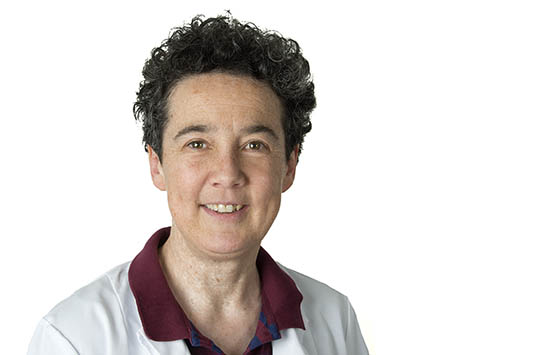
Prof. Dr. Irmela Jeremias
Dr. von Haunersches Kinderspital
Klinikum der Universität München Helmholtz Zentrum München
81377 München
Leukemia Genomics Facility
Genetic characterisation plays a central role for diagnostics, treatment selection and prognostication in patients with leukemia. In close cooperation with local and DKTK partners, we support DKTK scientists exploring the biology and pathogenesis of leukemia.
Our aim is to develop innovative techniques for leukemia diagnostics. Our location at the Ludwig-Maximilians-Universität München (LMU) in the Department of Hematology and Oncology provides a close collaboration with the clinic and translational research groups. We have access to a large number of well-annotated patient specimens that have been collected at our routine diagnostics laboratory (Laboratory for Leukemia Diagnostics).
Our facility can provide the following services to DKTK-affiliated groups:
Genetic characterization of human tissue specimens (primarily peripheral blood and bone marrow) using a variety of approaches including
- Metaphase and molecular cytogenetics
- Conventional molecular genetics (Sanger sequencing, fragment analysis and qPCR; various assays established for recurrent mutations in hematopoietic neoplasms)
- Targeted next-generation sequencing (established panels of recurrently mutated genes in myeloid and lymphoid neoplasms)
- Whole-exome and whole-genome sequencing
- Single-cell genotyping
Our main areas of research focus on the following topics
- Genetic characterisation of myeloid neoplasias
- Evaluation of novel prognostic and predictive markers in leukemia
- New therapeutic targets in leukemias
- Identification of markers for minimal residual disease (MRD)
- Research on clonal evolution of leukemia
Core facility members: Prof. Dr. Karsten Spiekermann, PD Dr. Klaus Metzeler, PD Dr. Tobias Herold, PD Dr. Philipp Greif, Dr. Sebastian Vosberg, Sebastian Tschuri
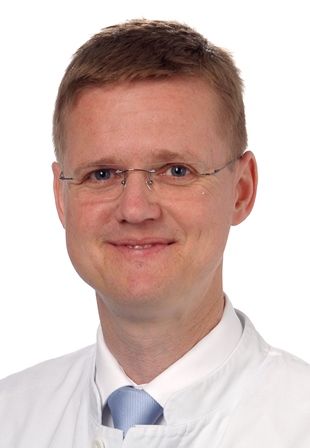
Prof. Dr. Karsten Spiekermann
Klinikum der Universität München
Medizinische Klinik und Poliklinik III
81377 München
Immune Analytics
The Core Facility Immune Analytics at the DKTK partner site Munich has a broad expertise in identification and characterization of tumor-specific immune responses and offer support in a variety of in-depth analyses in tumor immunology.
Activities supported by the faciltiy include logistics and sampling of fresh tumor material and blood, preparation of tumor and blood material, phenotyping of PBMC and cells of the tumor microenvirnoment by flos cytometry using established panelds, cultivation and expansion fo tumor-infiltrating lymphocytes, establishment of tumor cell lines and EBV-transformed B cells, identification of tumor antigens, immunoprecipitation of MHC class I and II peptide complexes, isolation and genetic transfer of T cell receptors, sorting of single cells of the tumor microenvironment by flow cytometry, preparation of cell suspensions and signle cell solutions for sequencing, establishment of xenogeneic mouse models, immunoimaging, clinical correlation, support and counseling in preparation of clinical trials of immunotherapeutic approaches in cancer. The cooperation typically bases on scientific collaboration.
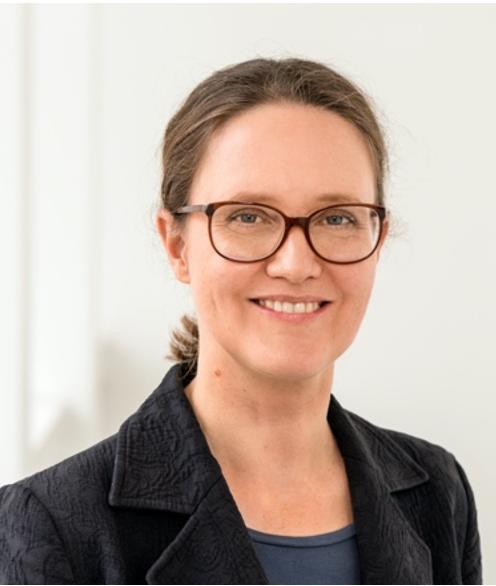
Prof. Dr. Angela Krackhardt
Klinikum rechts der Isar
III. Medizinischen Klinik
81675 München
Genomics Technology and Informatics Platform
Genome research deploying next generation sequencing and other genomic technologies is a major driver of discoveries in life science. Profiling genomes, epigenomes or transcriptomes in organisms, tissues or single cells has become a standard.
At the same time, a rapidly growing number of sequencing applications is transforming the way we perform basic research across life sciences, with high-throughput sequencing-based methods complementing - and in many cases entirely replacing - classic "gene by gene" based experimental approaches.
The Genomic Technology Unit aims to address the increasing need for sequencing applications and analytical capabilities in biomedical research. We develop genomic tools and protocols, implement emerging sequencing applications as well as bioinformatics methods and pipelines in various research ares, including genomics, epigenetics, (epi)transcriptomics and functional genomics. We cover a broad spectrum of applications, ranging from sequencing based profiling of genomes, chromatin or transcriptomes over genome-scale genetic screening methodologies to numerous individualized sequencing and bioinformatics requests.
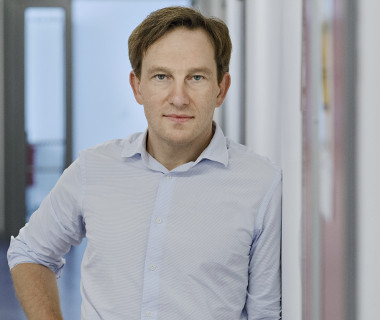
Real-Time Cell Metabolic Analysis // Seahorse // Agilent
The Seahorse XF HS Mini Analyzer (Agilent Biotechnologies) measures mitochondrial respiration (oxygen consumption rate OCR) and glycolysis (extracellular acidification ECAR) of living cells (cultured cells and ex vivo samples) in an 8 well plate in real time. OCR and ECAR are key indicators of oxidative phophorylation and glycolysis. The instrument also allows the addition of substances and can therefore also make statements about their utilization.
Contact
PD Dr. med. Matthias Ilmer
LMU Klinikum
+49 89 4400 71218
matthias.ilmer@med.uni-muenchen.de
Prof. Dr. Alexandr Bazhin
LMU Klinikum
+49 89 4400 73440
alexandr.bazhin@med.uni-muenchen.de
Location of device
LMU Klinikum, Campus Großhadern
Labor für Experimentelle Forschung Chirurgie
Costs
on request
Radiochemistry Synthesizer // All-In-One // Trasis
The synthesizer merges in a single integrated instrument a synthesizer and a HPLC with reformulation capability, which allows implementing both very simple and the most complex radiochemistry. If there is a need to evolve towards more complex tracers, the synthesizer can be upgraded to a different configuration model. The synthesizer includes 30 valves, HPLC, multiple radioactivity, and UV detection for GMP compliant routine production of 18F tracers and /or for R&D.
Contact
Dr. Franz J. Gildehaus
089 4400 69944
franz.gildehaus@med.uni-muenchen.de
Prof. Dr. Peter Bartenstein
089 4400 74611
peter.bartenstein@med.uni-muenchen.de
Location of device
LMU Klinkum, Campus Großhadern, Radiopharmacy Center, Building BT028, Marchioninistrasse 15, 81377 München
Costs
In the synthesis module, a sample is equivalent to a synthesis run. The cost of doing so varies greatly depending on the complexity of the chemical synthesis to be performed, how expensive the starting components are, and how the GMP requirements are defined. Normally the costs / synthesis are between 800 € and 2.600 €.
Service
Production of 18F-labeled compounds for in vivo PET imaging. These include:
- Radiofluorinations of small molecules, peptides and biomolecules
- development of labeling strategies
- automation of radiosynthesis
- GMP-compliant implementation
Cell Imaging Multi-Mode Reader // Cytation 1 // Biotek
Cytation™ 1 Cell Imaging Multi-Mode Reader combines fluorescence and high contrast brightfield imaging with conventional multi-mode detection. This design provides both quantitative phenotypic cellular information with well-based quantitative data. Cytation 1's multi-mode detection module includes high sensitivity filter-based fluorescence and a monochromator system for UV-Vis absorbance. For long-term measurements the device is able to control temperature, CO2 and O2. The reader is also equipped with an injector that allows imaging of immediate cell responses upon compound exposure.
Contact
Prof. Dr. Sebastian Theurich
Medizinische Klinik III, LMU Klinikum
Marchioninistr. 25, 81377 München
sebastian.theurich@med.uni-muenchen.de
Prof. Dr. Michael von Bergwelt
Medizinische Klinik III, LMU Klinikum
Marchioninistr. 25, 81377 München
michael.bergwelt@med.uni-muenchen.de
Location of device
Genzentrum LMU
AG Theurich / AG Bergwelt
Feodor-Lynen-Str. 25, 81377 München
Costs
on request
Application
Monochromator: 6- to 384-well plates /// Filters: 6- to 1536-well plates /// Imaging: 6- to 1536-well plates /// Microscope slides, Petri and cell culture dishes, cell culture flasks (T25), counting chambers (hemocytometer) /// Take3 Micro-Volume Plates
Digital Single Molecule Quantification // nCounter Sprint // NanoString Technologies
The nCounter technology allows direct quantification of up to 800 targets in a single assay without the necessity of amplifying target molecules. Possibility to measure mRNA, miRNA, lncRNA, dsDNA, und ssDNA (pre-designed or customized code sets available; multiple samples can be multiplexed) in a variety of specimens (tissue biopsies, blood, bone marrow, etc.). No library preparation or sophisticated pre-analytical processing required.
Contact
Michael Heide
Medizinische Klinik III, ELLF, LMU Klinikum
michael.heide@med.uni-muenchen.de
Prof. Dr. Oliver Weigert
Medizinische Klinik III, ELLF, LMU Klinikum
oliver.weigert@med.uni-muenchen.de
Location of device
Experimentelle Leukämie- und Lymphom-Forschung (ELLF)
Max-Lebsche-Platz 30, 81377 München
Service & Costs
Technical support via Weigert lab
User bears the cost of consumables, currently no user fee applied
Automated Quantitative Pathology Imaging System // Vectra® Polaris™ // Perkin Elmer
State of the art multispectral imaging to detect and measure multiple biomarkers within a single tissue.
Contact
Prof. Dr. Martina Rudelius
martina.rudelius@med.uni-muenchen.de
+49-89-2180-73706
Location of device
Institut für Pathologie der LMU München, Campus Innenstadt
Thalkirchner Str. 36, 80337 München
Service & Costs
Basic material: FFPE tissue sections stained with up to 6 established antigens and using OPAL dyes
Costs: on request
Bioluminescence tomography // MuriGlo // Xstrahl
MuriGlo is an in vivo optical imaging system for bioluminescence tomography. It can be used as stand-alone-imaging device or in combination with the existing conebeam-CT-platform for bioluminescence imaging in small animal models (preferentially in mice).
Contact
Prof. Dr. Kirsten Lauber
Moleculare Oncology, Department of Radiation Oncolgoy
+49-89-4400-76740
kirsten.lauber@med.uni-muenchen.de
Location of device
LMU Klinikum, Campus Großhadern
Animal facility of the Department of Radiation Oncology
Service & Costs
Basic material: small animal models with bioluminescence features
Service: bioluminescence tomography imaging (+/- conebeam CT scanning), consulting for animal experimentation proposals
Costs: on request; one sample represents one bioluminescence tomography scan of one animal
Pre-clinical CT-Scanner // X-Cube // Molecubes
The X-Cube is a high-throughput x-ray CT-scanner for pre-clinical mouse and rat models. The CT imaging procedure is very fast and gives images of the complete animal body at extremely low dosages and with an excellent soft tissue contrast. Advanced workflows such as gated and dynamic contrast enhanced imaging can be achieved in a functional and integrated set up.
Contact
Dr. Ivonne Regel
+49-89-4400-73178
ivonne.regel@med.uni-muenchen.de
Prof. Dr. Sybille Ziegler
+49-89-4400-77619
sybille.ziegler@med.uni-muenchen.de
Location of device
LMU Klinikum, Campus Großhadern
Preclinical Imaging Lab
Service & Costs
Basic material: small animal models (mouse or rat) with an approve health report
Costs: on request